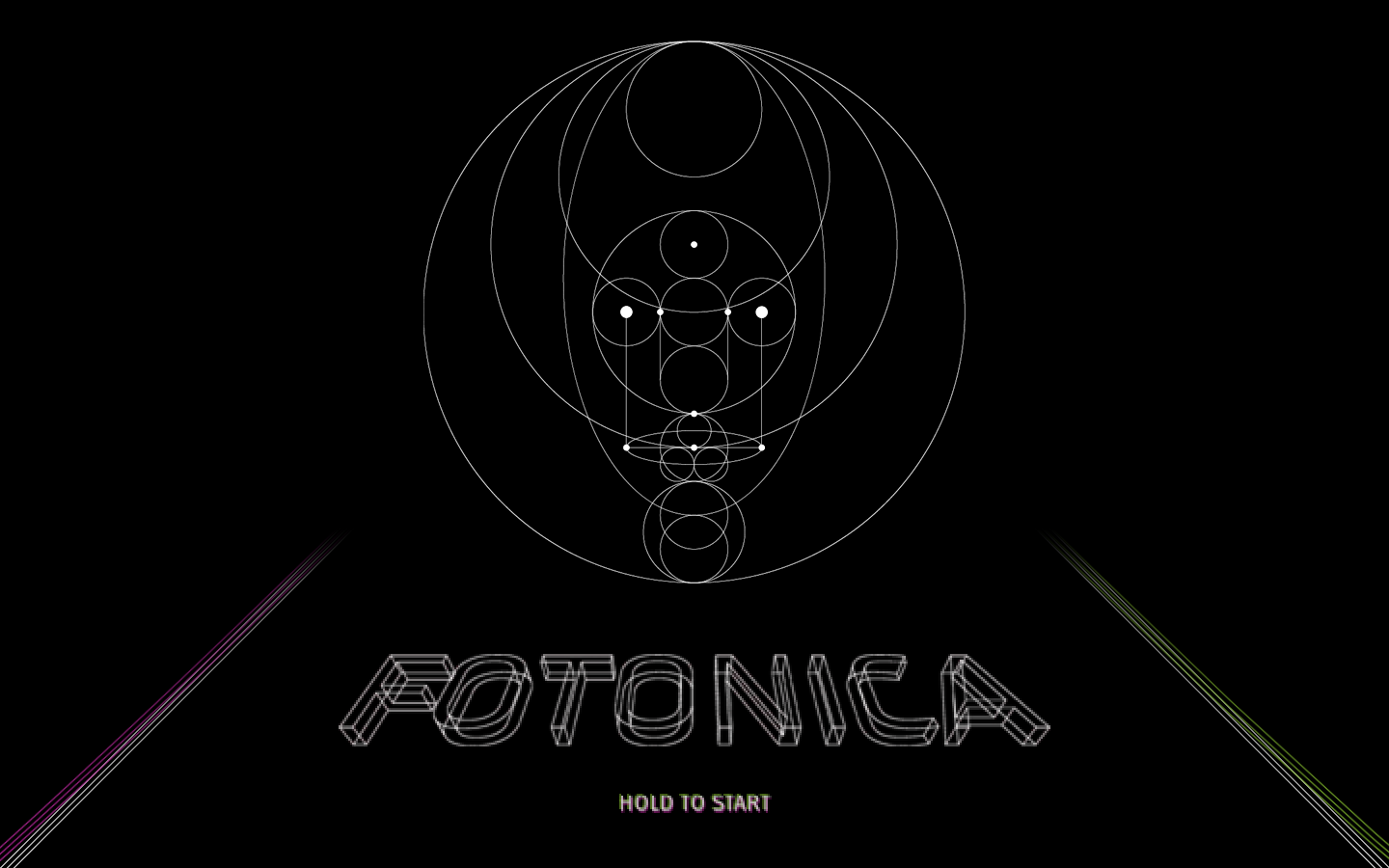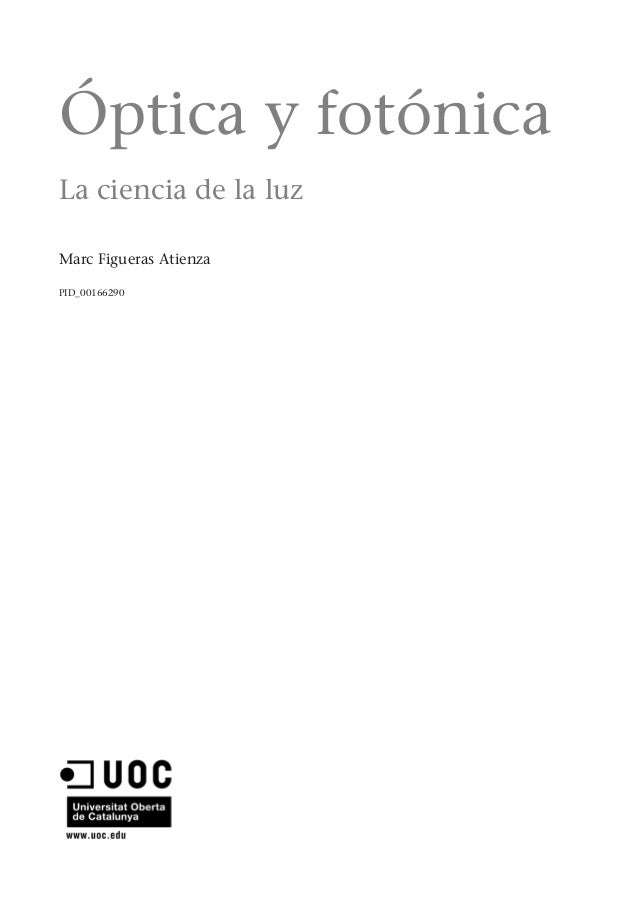

The advances in automated production processes have resulted in the need for detecting, reading and decoding 2D datamatrix barcodes at very high speeds. Downloading of the abstract is permitted for personal use only. We demonstrate the savings possible in terms of required samples with the flexibility inherent in a general radix algorithm.© (2006) COPYRIGHT SPIE-The International Society for Optical Engineering. This algorithm is similar to the Sande-Tukey FFT algorithm, and is of general radix. In this paper, we examine a new, more flexible numerical implementation of the FLCT. The terminology used in relation to the LCT is not at all consistent across the literature, and it is frequently called by other names, such as Quadratic-phase Integral and Generalized Fresnel Transform. linear integral transform first discovered in the 1970s. Given some input optical wave field, the output of any QPS can be described using the linear canonical transform (LCT), a unitary, additive, three-parameter class of. Read moreĪny paraxial optical system which can be implemented using only thin lenses and propagation through free space or through sections of graded index (GRIN) media, belongs to the class of systems known as Quadratic Phase Systems (QPS). Early imaging data of such a system confirms a significant increase in focus window.© (2005) COPYRIGHT SPIE-The International Society for Optical Engineering.

The resolution capabilities of this system will support 65 nm node semiconductor devices with a DOF significantly larger than 0.5 um. For first pilot production with immersion, a 0.85 NA ArF lens will be used. First experimental data on imaging demonstrated a large gain of depth of focus (DoF), while maintaining image contrast at high scan speed. Using a 0.75 NA ArF projection lens, we have built a proto-type immersion scanner using TWINSCAN technology. results on imaging and overlay obtained with immersion. Additionally, with existing lenses, the immersion option offers the potential to increase the focus window with 50% and more, depending on actual NA and feature type. ArF immersion offers the potential to extend conventional optical lithography to the 45-nm node and potentially to the 32-nm node. Read moreįor 193-nm lithography, water proves to be a suitable immersion fluid. It is found that the technique - which in the latter case uses a bulk fluorescing solution - is an excellent tool to access the apodization conditions of a practical optical system, such as a high-numerical aperture objective.© (1997) COPYRIGHT SPIE-The International Society for Optical Engineering. The presented technique can also be applied to the measurement of the effective point spread function itself in all three dimensions. improvement in resolution is expected from numerical modeling for the lateral case. It is experimentally demonstrated that a resolution improvement of approximately 30% can be realized in the case of axially shifted PSFs under high numerical-aperture (NA) conditions. In PSAF (point spread autocorrelation function) imaging a fluorescence signal is generated from the interference response in the overlap region of two spatially shifted point spread functions (PSFs).


 0 kommentar(er)
0 kommentar(er)
